That formula is just to get a starting value of Rext. You hardly ever require Rext to equal the capacitive reactance of the output capacitor but you do need some value for Rext and this is quite often delivered by the silicon itself i.e. the gate's output has several ohms impedance and this is quite enough to provide the little extra phase shift needed to allow an oscillator like this (or the Colpitts) to start up properly.
Yes, you do need some resistance but not as much as the formula you linked is hinting at.
If you are trying to design an oscillator circuit for a PCB design, first determine if you need to add a resistor to limit the power dissipated by your crystal. This is not normally a problem for standard crystals at 8 MHz running from power supplies up to 5 volts but can be a problem for some more specialized crystals such as those capable of withstanding hi-G environments or some watch crystals that normally operate on much lower supply voltages.
So, on finding out that you don't need to limit power, choose a resistor like 100 ohms that would mask any output impedance changes from the silicon.
Other information as to why Rext is needed can be found in my answer here.
